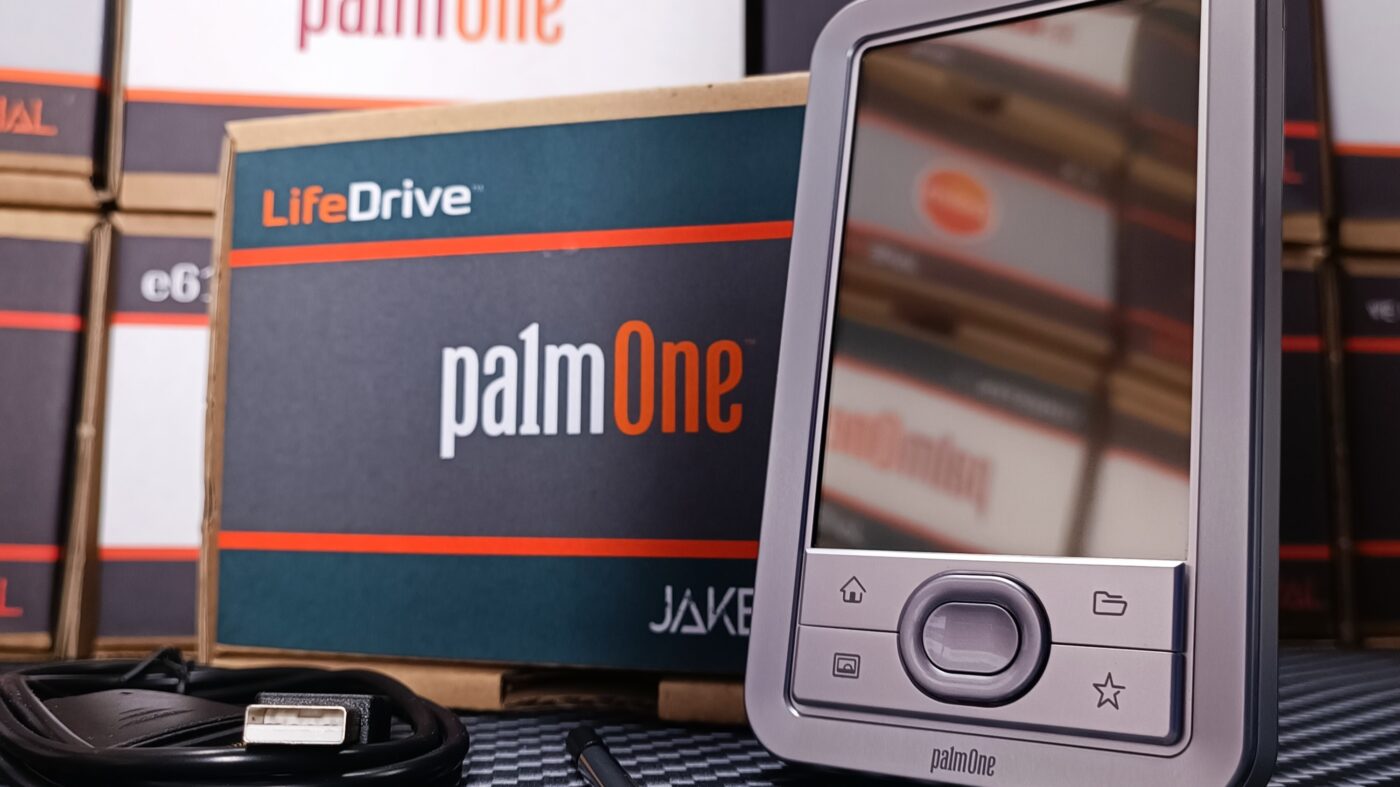Palm Handhelds
Reviving Retro Tech: The Palm LifeDrive’s Legacy and Influence
The Palm LifeDrive, launched in 2005, stands as a notable entry in the history of personal digital assistants (PDAs). As a blend of traditional PDA functionality with the advanced multimedia capabilities of its time, the LifeDrive was a pivotal device that helped shape the future of mobile computing.
Historical Context and Innovations
The LifeDrive was introduced at a time when PDAs were transitioning into more sophisticated devices capable of handling multimedia content alongside standard personal management applications. Unlike its predecessors that primarily focused on managing calendars and contacts, the LifeDrive featured a 4GB microdrive, allowing for significant storage of photos, music, and videos—a substantial amount for devices of that era.
This device also boasted a large 320×480 color display, Wi-Fi connectivity, and Bluetooth support, making it one of the most advanced PDAs of its time. The LifeDrive’s integration of multimedia features with robust data management tools positioned it uniquely in the evolution towards today’s smartphones.
Influence on Modern Devices
The LifeDrive’s influence on modern mobile technology can be traced through its pioneering features. The concept of integrating substantial internal storage paved the way for the multimedia-rich smartphones that are now ubiquitous. Similarly, its attempt to merge connectivity options like Bluetooth and Wi-Fi prefigured the always-connected devices we use today.
Moreover, the LifeDrive ran on Palm OS, which featured a touchscreen interface—a precursor to the interfaces that would later dominate mobile operating systems. This early adoption of touch technology demonstrated the potential for touchscreens to improve user interaction, influencing future designs of mobile and computing interfaces.
Legacy in Modern Tech
While the Palm LifeDrive might not have achieved the commercial success of later devices, its ambitious blend of features set a precedent for the next generation of mobile devices. It illustrated the demand for greater connectivity and multimedia capabilities, pushing the industry to innovate and integrate these technologies into smaller and more efficient formats.
Today, the legacy of the Palm LifeDrive is evident as we seamlessly stream videos, manage our schedules, and connect across multiple platforms using devices that fit in our pockets. It serves as a reminder of how far technology has come and the continuous evolution of integrating life and technology in the palm of our hands.
Conclusion
The Palm LifeDrive may be a relic of the past, but its contribution to the development of personal digital assistants and, by extension, modern smartphones, is undeniable. By reviewing its legacy, we gain a better understanding of how pivotal innovations come to be and how they can shape the future of technology in ways that were unimaginable at their inception.


